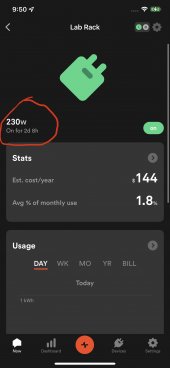For grid tie or anything on a house, panels with UL label intact is the thing to get. Some used ones have 'em, some are "white label" with any UL label stripped off. I would select best quality anyway, but some people are getting good results with cracked backsheet, snail trails, manufacture name and UL label gone.
Any UL listed used panels are fine on a house from permitting point of view in the US. Inverter may need to be UL-1741-SA (not just UL-1741) for grid tie in some markets.
Brands of inverters - I use SMA Sunny Boy and Sunny Island. Solid, quality products. Easy enough to DIY. There is also "Sunny Boy Storage", but that requires high voltage battery (expensive), and separate transformer/transfer switch for backup. I would stick with Sunny Island. Price - premium product and price, but a fair value, and discount/closeout/liquidation tends to be available. Especially older models not for UL-1741-SA grid support (often required for backfeed).



